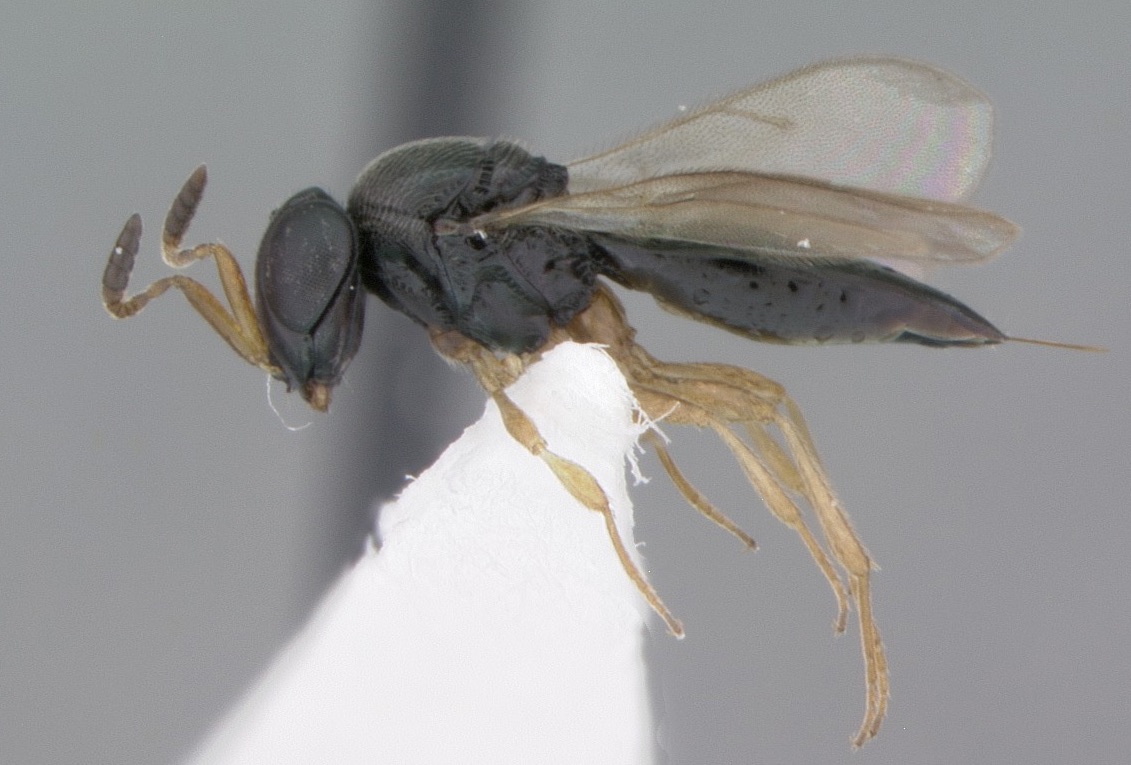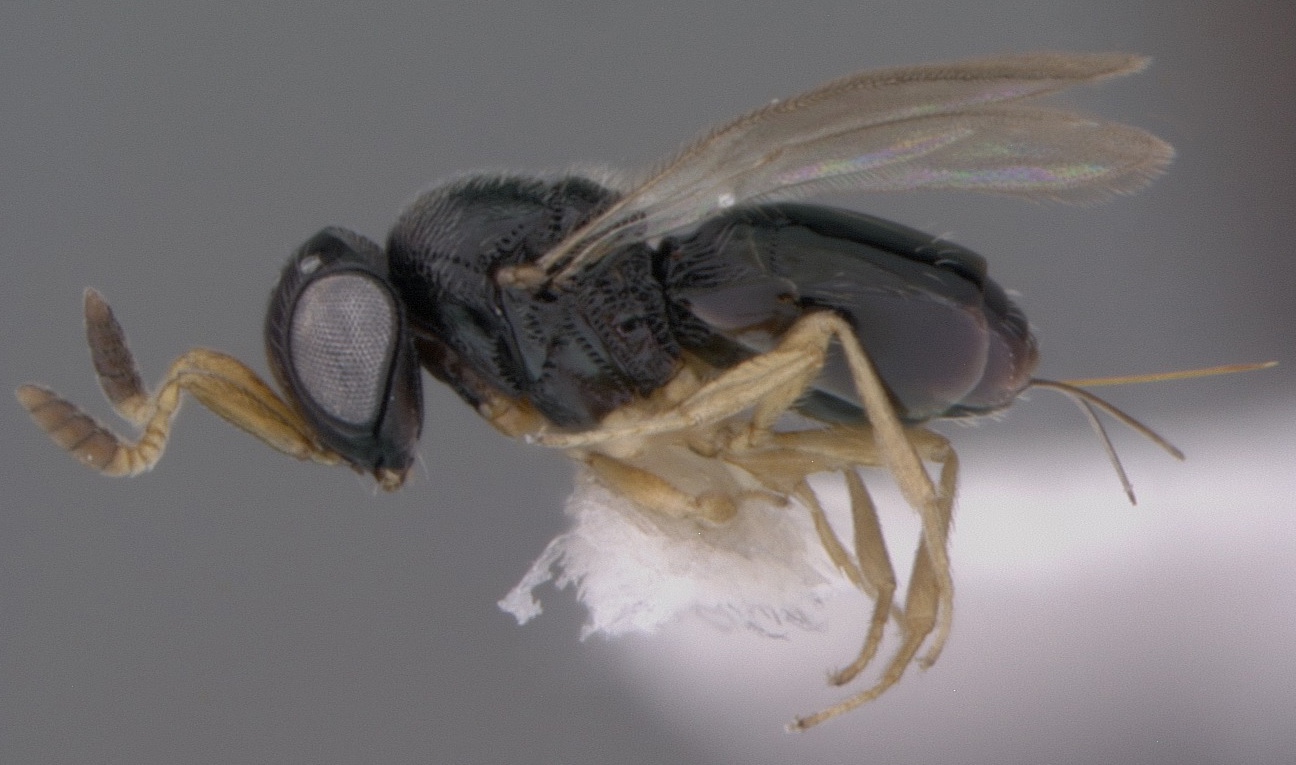Gruesome Wasp Named After Shape-Shifting 'Star Trek' Character

A group of wasps with a gruesome lifestyle has just gained 15 new members. Like their kin, the newbies make a habit of laying their eggs in developing insects. Once a wasp baby emerges, it consumes its gooey host from the inside out.
Many of the newfound species, all of which are inhabitants of the neotropical region (which includes the tropical regions of North America, Central America and South America), have been named to match their odd lifestyles and appearances.
One of the newbies is now called Phanuromyia odo after the character Odo, a shape-shifting Changeling in the sci-fi television series "Star Trek: Deep Space Nine." Though P. odo doesn't morph its body into various shapes, the individuals in the species do sport a range of variable features. In fact, there was so much variability that, at first, the researchers thought they were dealing with two separate species. [The 10 Most Diabolical and Disgusting Parasites]
The moniker of another wasp, Phanuromyia pauper, was inspired by Mark Twain's "The Prince and the Pauper," Katherine Nesheim, a graduate student in the Department of Evolution, Ecology and Organismal Biology at The Ohio State University, and her colleagues wrote in their study, published online March 27 in the journal ZooKeys. The authors indicated that the wasp is "poor" in that it lacks so-called longitudinal costae, or sculpturing in the surface of the insect's outer skeleton, at the base of the largest part of its abdomen. The researchers also found a "prince" for this pauper wasp: Phanuromyiaprinceps, whose species name was inspired by Twain's prince character, looks similar to P. pauper, except this species shows sculpturing — tiny punctures that form a curved chevron shape on its abdomen.
Five of the new wasps were given species names — corys, cranos, cudo, galeata and hjalmr — that mean "helmet" in other languages (two from Greek words, two Latin and one Old Norse), referring to the insects' big heads.
"The name corys is derived from a Greek word for helmet because this species has a large head evoking the image of a knight wearing a helmet," the researchers wrote in the journal article.
Though little is known about species in this genus, Nesheim suspects they behave like other wasps that parasitize host eggs.
Get the world’s most fascinating discoveries delivered straight to your inbox.
"As far as we know, Phanuromyia wasps are egg parasitoids (meaning they lay their eggs directly inside the eggs of the planthoppers or lanternflies)," Nesheim told Live Science in an email. "The wasps probably lay a single egg in each host egg."
The details of how these teensy wasp parasitoids — which are just a couple of millimeters long — operate are fit for a sci-fi thriller. To insert her egg into a host egg, the wasp pushes out her long, flexible "egg-laying needle" directly into the egg of a host and then pumps out an egg, Nesheim said.
This genus seems to parasitize the eggs of lanternflies and planthoppers, the researchers noted.
Nesheim said she hopes to continue studying the wasps to uncover more of their secrets.
"It is exceedingly difficult and time-consuming (and therefore expensive) to complete natural history studies on parasitoid wasps such as these because they are so small (and sometimes also extremely rare)," Nesheim wrote in the email.
Original article on Live Science.
Jeanna Bryner is managing editor of Scientific American. Previously she was editor in chief of Live Science and, prior to that, an editor at Scholastic's Science World magazine. Bryner has an English degree from Salisbury University, a master's degree in biogeochemistry and environmental sciences from the University of Maryland and a graduate science journalism degree from New York University. She has worked as a biologist in Florida, where she monitored wetlands and did field surveys for endangered species, including the gorgeous Florida Scrub Jay. She also received an ocean sciences journalism fellowship from the Woods Hole Oceanographic Institution. She is a firm believer that science is for everyone and that just about everything can be viewed through the lens of science.



